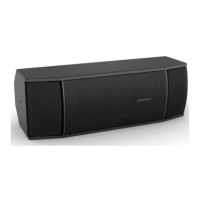22 Chapter 2
Supported ACSE/Presentation and ROSE Calls
ACSE/Presentation Calls and Primitives
ACSE/Presentation Calls and Primitives
The primitives are grouped in the sequence used in an application. For
example, the A_ASSOC_xxx primitives are listed in the order:
A_ASSOC_REQ (request)
A_ASSOC_IND (indication)
A_ASSOC_RSP (response)
A_ASSOC_CNF (confirmation)
In the manpages entitled ap_intro and ap_env, you’ll find introductions
to the A/P environment and the A/P library environment attributes.
They also supply detailed descriptions or references made in this
manual. The manpages are accessible online with the manpage function
of HP-UX.
Included here are tables of attributes that provide:
• Name and purpose of each attribute
• Data types legal for the attribute
• Default values supplied with attribute (if any)
• Values legal for the attribute (if applicable)
• Readable states for the attribute (as values of the AP_STATE
attribute)
• Writable states for the attribute (as values of the AP_STATE
attribute)
The following lists A/P functions first by task, then by call in alphabetic
order in Table 2-1. The supported primitives are described in Table 2-2.
A/P Functions
The A/P calls can be separated into functions that perform the following
tasks:
• Establish/release the communication endpoint:
ap_open()
ap_close()
• Manage the ACSE/Presentation environment:

